Let's talk about Naval Combat Management Systems...
The ANZAC frigates of the RNZN have just had a systems upgrade which we have mentioned on here many a times and the systems upgrades include switching from the older version of 9LV Combat System from Saab to the newer CMS330 from Lockheed Martin which is very loosely based on their Aegis Combat System which they obtained through buying and merging with various companies.
Now there are many other CMS out there like “ANCS CMS” used by the German Navy but I am showing the main four that our Allies use.
- INTeACT Combat Management System used by the RN. Made by BAE Systems.
- Tacticos will be used by the RN Type 31 program. Made by Thales.
- Aegis, the USN RAN. Made by Lockheed Martin.
- CMS330, The RCN, RNZN. Made by Lockheed Martin.
- 9LV used by the RAN. Previously RNZN. Made by Saab.
So which is the better. Answering this one is not going to be easy and what is said there will be people who disagree and say things like we should have gone with Aegis or stuck with 9LV CMS upgrades because integration with the RAN etc. And to be fair on the surface that is a good point, but, and there is always a but, there is more to than that. However at the end of the day I am going to say there is no right or wrong system here... But more what is better for the systems the ship has. How easy is any software upgrades.
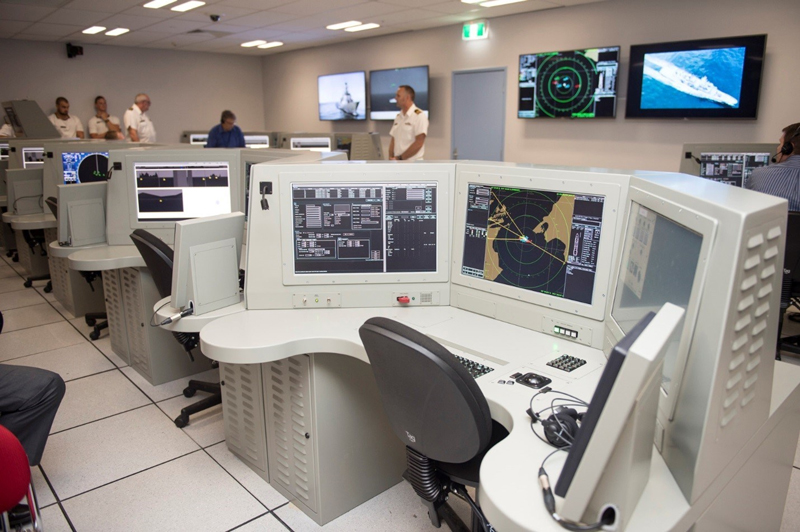
Most have what is known as “Open Architecture” and are modular and scalable and have open common source system library meaning it should be relativity easy to add new control systems to it. Ie; CMS330 and CAMM and adding control interface for MASS or any other system that requires it whether it is CMS330 or Tacticos or Aegis, etc...
Firstly what does a Combat Management System do?
Aboard a warship, the job of the Combat Management System (CMS) is to gather, integrate and present information from the ship’s own sensors as well as from external sources pertaining to unknown, hostile, neutral and friendly targets, and to enable the crew to act upon such information.
Think of the CMS as the operating system on your home PC, it controls the core running of the PC, it knows what input devices (sensors) it controls the CPU core, the displays, controlling various other programs, ie; Windows, Linux or MacOS you can still run your applications like browser or Office Word Processor. The OS can automate some system processors based on the data it receives.
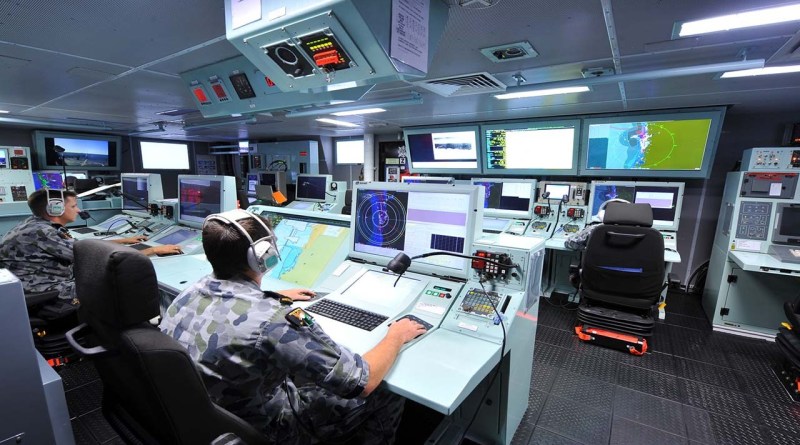
If you double click a video file, the OS knows that it needs to start a video player, and start playing said video. But before that the OS has to find the video player on the disk on the older FAT64/NTFS the OS checks the table to tell it where it is on the Hard Drive, then tells the HDD to go to that location and load this file, then back to the FAT64/NTFS to find the location of the video file it has to open and the process repeats, opens the video in the player and they automatically plays.
All this happens very fast and the OS is controlling it all and all the user has to do is double click on the icon. Now this is a very basic analogy what a CMS is and does. The CMS is receiving all the data from all it’s input devices and sensors, depending on it settings, it could give warnings or may automatic engage target with decoys and self-defence systems.
- RNZN future frigate options.
- HMNZS Te Kaha Sails Back to New Zealand with New Capability
- Te Kaha Before & After Refit
- So now what with our defence force? I don't really know either.
In days gone by, everything was separate and analogue. The Ops Room or in US terms CIC, the radar operator would send info via voice to the plotter which would then be read by (depending on what is happening) the CO to make decisions. Eventually computers got involved making some of plotting of the vessels automatic etc, but sending that information to the guns and self defence systems was still manual.
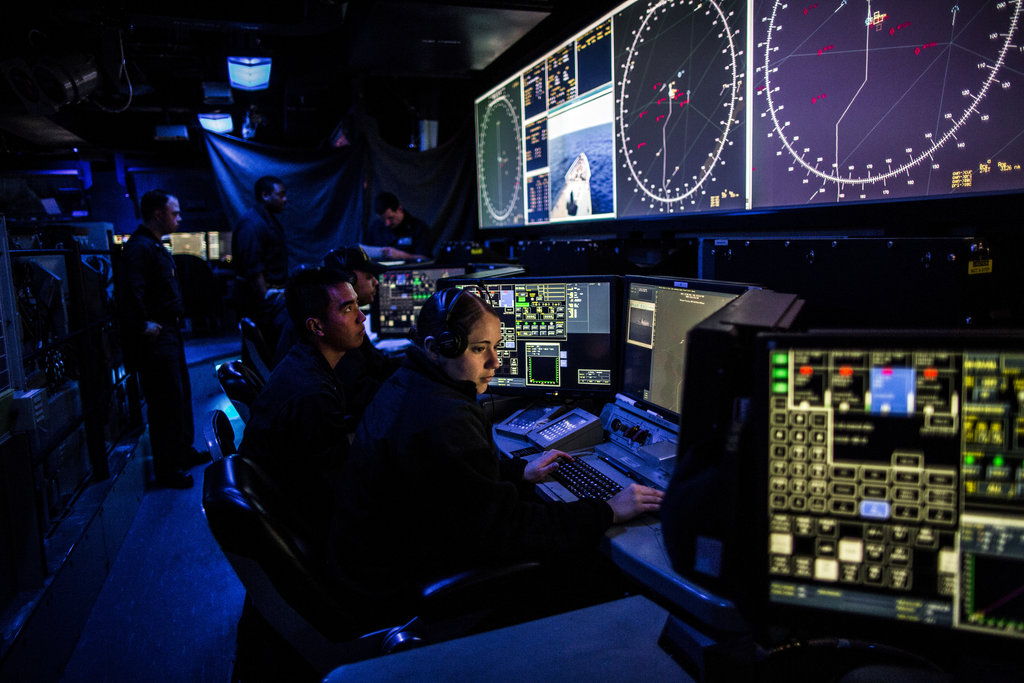
As technology advanced the computer programs managing the systems become more powerful and advanced and eventually at the core you have a single interface system that is overall controlling the various systems. Bringing all the various, from main search to navigation Radars, Electronic Warfare, Sonar, Fire & Weapons Control, Decoy control and self defence weapons etc, all controlled and viewed on the same screens and at the push of a button change the screen view to see what the fire control is doing or switching to see the main search radar etc...
So the CO can see on his screen or the main display a full tactical situation awareness of surroundings, what systems are available including in the task group. With DATALink16 he can look in on the situation of his escorts radar picture who is on the horizon seeing a different picture seeing further. Some CMS systems can overlay data from various sensors on the same screen increasing the data being shown.
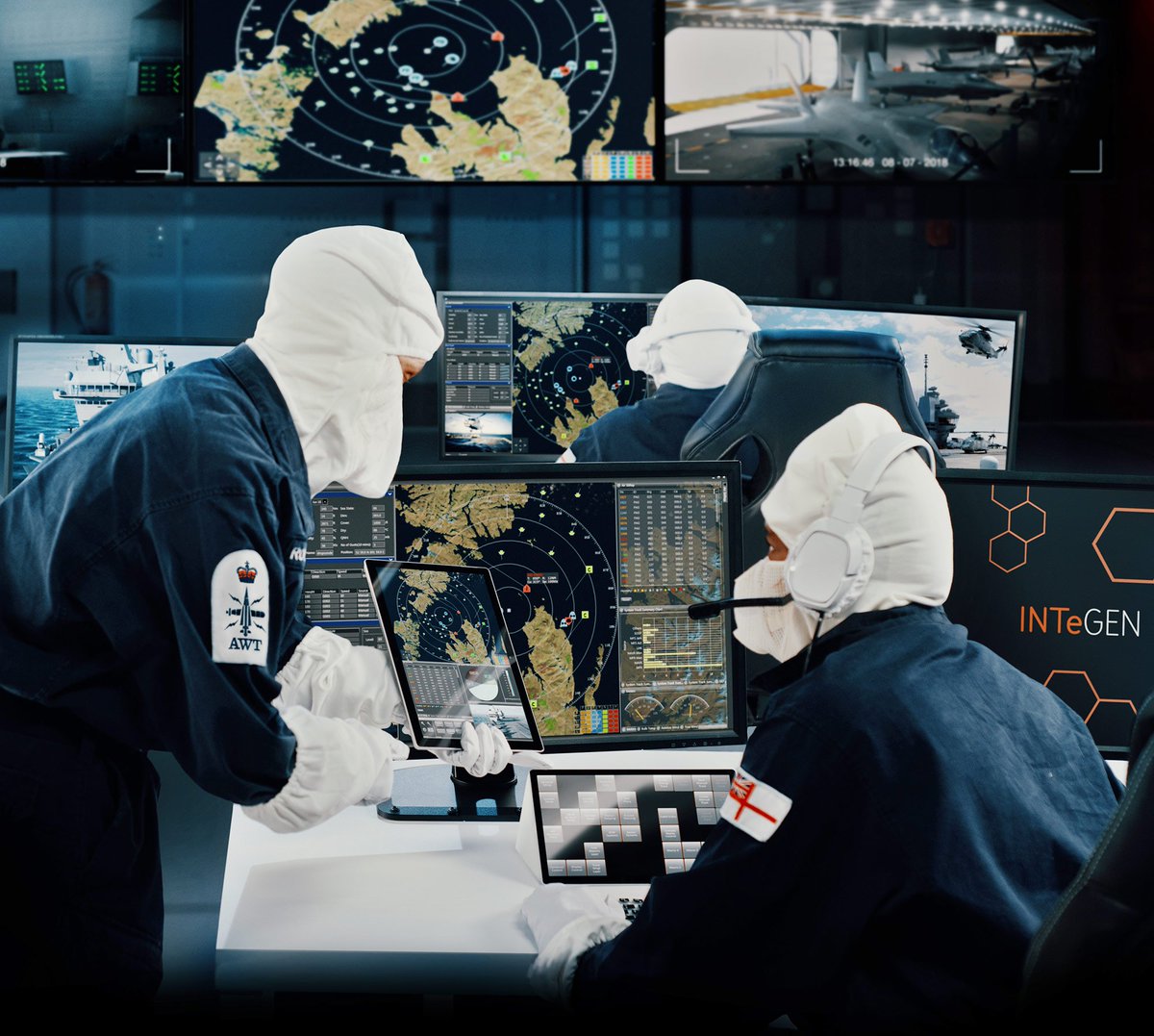
Basically put, the CMS as its title says, it manages the ships combat systems. The CMS is also the computerised entity that manages the ship’s own weapons and sensors, including her Electronic Warfare (EW) systems that are integral for triggering automatic responses to cope with the very short warning that all the hallmarks of modern threats such as supersonic Anti Ship Missiles (AShMs).
Aegis is probably the most commonly known by the general public even if they don’t know what it is, due to you hearing it in Hollywood movies and it is probably one of the older systems. I say older in the sense the most mature not as in out dated. 9LV and Aegis CMS being around 50 years old. INTeACT being around 40 years old and the youngest being CMS330 & Tacticos.
The core or kernel of CMS330 is Linux based system, making it stable and pretty secure as is, and the add military grade security. Don't get this confused with your home version of Linux. Using just the kernal of Linux and building their own interface, and library files and applications for each sensor, and weapons control, means they don't have to build a probably the hardest part a working kernal they are using an mature open source, being open source they can make changes to it where ever needed. It means that the applications for the sensors can be made and linked in. Using the open common source library that Lockheed Martin also have means half the work is already done, and that library is growing. Say New Zealand's ANZAC frigate's get another slight upgrade before and ads a couple of typhoons weapon systems it would not take to much on to add the control info to the CMS, download the library file install and done. Now it is not quite as easy as that but you get the point and remember the Typhoon comes with its own console but you can link it to the CMS pretty easily.
We now know what the CMS systems do roughly how mature they are, they all have similar “Open Architecture” and are modular and scalable and have access to the open common source system library from Lockheed Martin Aegis system.
Is the CMS330 the best option for the New Zealand ANZAC frigates?
The answer is probably the “Yes” and “No” answer. I am sure that CMS330 will do the job and will be upgrade as required. “Yes” because I am sure that the CMS will meet the requirements and Canada have been using the system since the first Halifax frigate upgrade also Chile on their Type 23 frigates. The “No” however, it is the younger CMS, our closest ally Australia use 9LV from Saab so inter-operability between the sailors using the systems is not the same and while still exchanges can and will happen, The sailor will have to do on site training on the system and while I can just about guarantee they will be very similar but at the same time time very different.
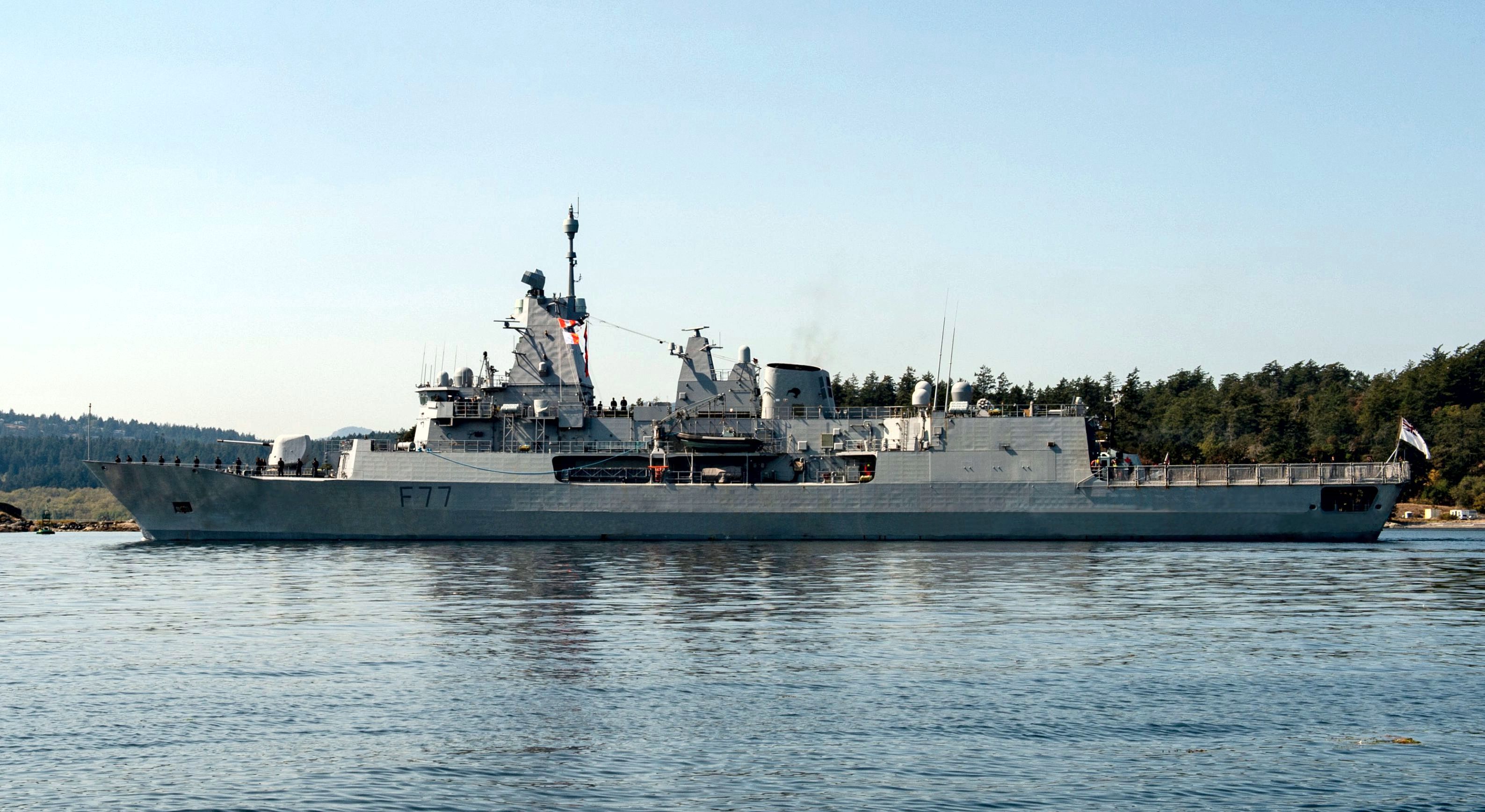 HMNZS Te Kaha after upgrades
HMNZS Te Kaha after upgrades
The “Open Architecture” makes it easy to integrate various systems and upgrade. Being modular & scalable means the CMS330 can be also used on the new SOPV to the new ESV (Enhanced Sealift Vessel) and could even be used on HMNZS Aotearoa in her small Ops Rooms controlling the Phalanx, and mini typhoons etc. (However I am unsure what is used there on HMNZS Aotearoa)
Saying all that I am sure you could do the same with any of the Combat Management Systems on the market. Here are some of them;
- 9LV - Combat System | Saab
- Aegis - Combat System | Lockheed Martin
- ANCS - Combat Management System | Atlas Elektronik
- ATHENA CMS | Leonardo Aerospace
- CMS330 - Combat Management System 330 | Lockheed Martin
Loosely based on the Aegis system - COMBATSS-21| Lockheed Martin
Derived from the US Navy’s latest Aegis surface combatants. - ENTCS 2000 | Elbit Systems
- OPEN CI | General Dynamics
- POLARIS® Naval System | DCNS
- INTeACT Combat Management System | BAE Systems
- Tacticos - Combat Management System | Thales
- AshM - Anti Ship Missiles
- CAMM - Common Anti-Air Modular Missile also known as Sea Ceptor
- CIC – Combat Information Centre (see Ops Room)
- CMS – Combat Management System
- CO – Commanding Officer
- CPU – Central Processor Unit
- EW - Electronic Warfare
- FAT – File Allocation Table
- HDD – Hard Disk Drive
- HMAS - Her/His Majesty Australian Ship
- HMCS - Her/His Majesty Canadian Ship
- HMNZS – Her/His Majesty New Zealand Ship
- HMS - Her/His Majesty Ship
- MASS - Multi Ammunition Softkill System
- NTFS – New technology Files System
- Ops Room – Operations Room (see CIC)
- OPV – Offshore Patrol Vessel
- OS – Operating System
- PC – Personal Computer
- RAN – Royal Australian Navy
- RNZN – Royal New Zealand Navy
- SOPV – Southern Ocean Patrol Vessel
- USS – United States Ship

